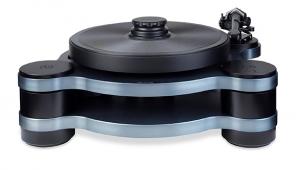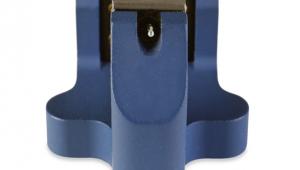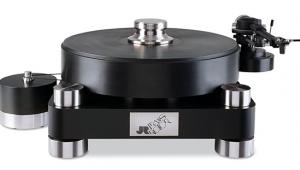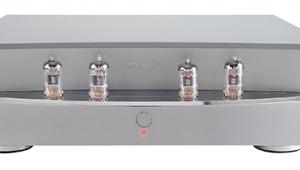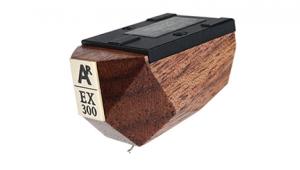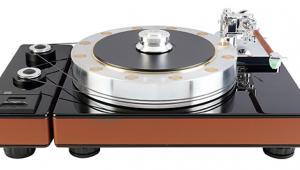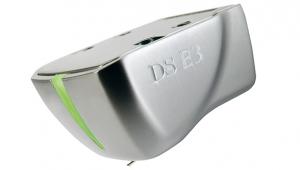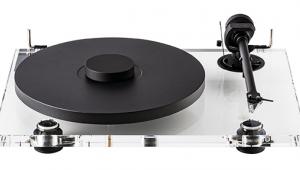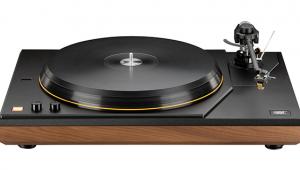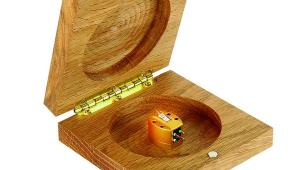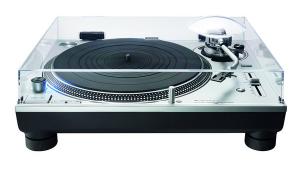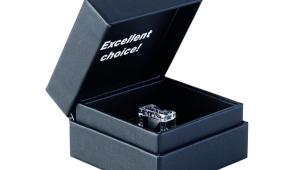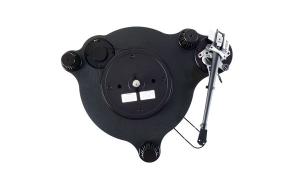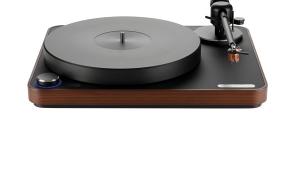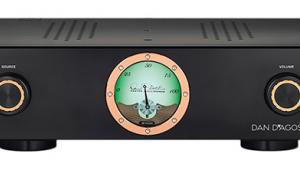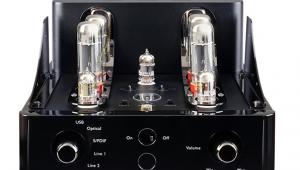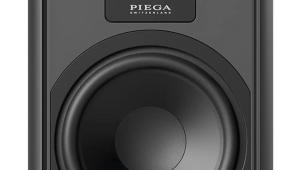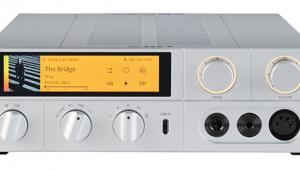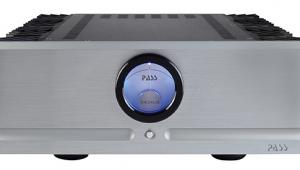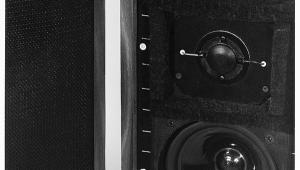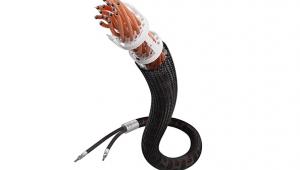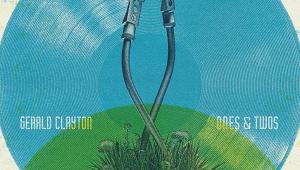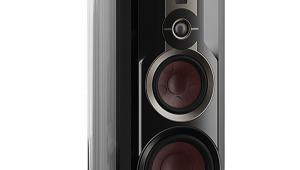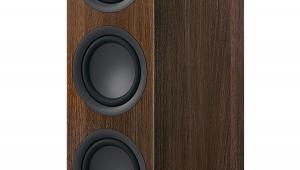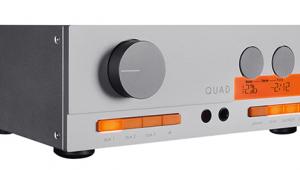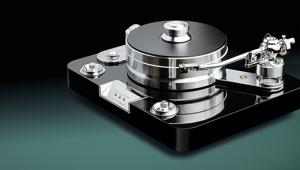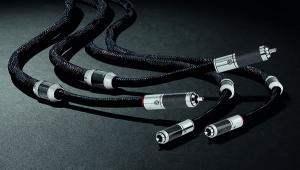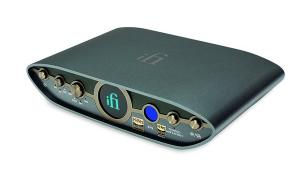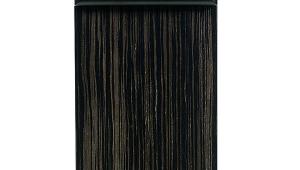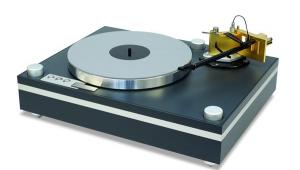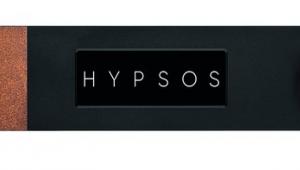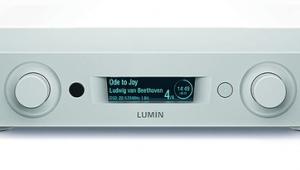Skyanalog G-1 MKII low-output MC cartridge
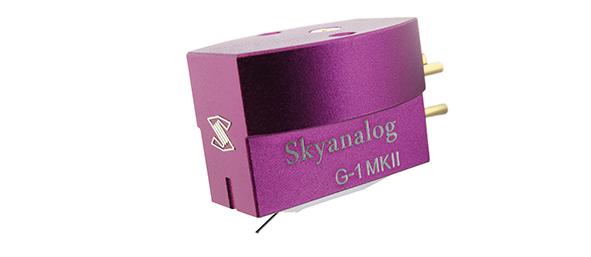

It was tempting to kick off this review comparing cartridge manufacturer Skyanalog with its fellow Chinese brand BYD, which uses the tagline ‘the biggest car brand you’ve never heard of’. Sadly, Skyanalog’s UK distributor, Sound Design Distribution (SDD), beat us to the punchline by splashing ‘Possibly the most successful cartridge manufacturer you’ve never heard of’ across its webpage.
There are suggestions that BYD might soon change its motto, based on its worldwide success, and SDD will doubtless be hoping Skyanalog follows suit! The brand has a long history of OEM manufacture but has only been selling cartridges under its own name since 2019, led by its flagship £2699 REF model [HFN Sep ’24].
Purple reign
Now comes a second generation of Skyanalog’s G series, where prices are even more appealing – the G-1 MKII photographed and tested here sells for a ‘mere’ £1049. It’s part of a new three-strong family that ranges above the even more affordable P series and below the REF, and faces stiff competition from established models from the likes of Ortofon, Audio-Technica, Clearaudio and Goldring. The major differences between the MKII trio – all are moving-coil types – are to be found in their cantilever materials. The entry-level G-1 uses boron, while the £1499 G-2 opts for ruby and the £1999 G-3 sapphire. Each is also easily identifiable by their different body colour – light purple for the G-1 MKII, blue for the G-2 MKII and grey for the G-3 MKII.
Prime mover behind this MKII series is the development of an enhanced suspension set-up. Skyanalog has christened this ‘Yan’, from the phonetic pronunciation of the Mandarin character meaning ‘flame’. The company considers this suspension system to be (arguably) the most fundamental part of the MC cartridge design and involves both a new tie-wire and polymer damping block. The former ‘pulls’ the cantilever to create a tension between the coil and main suspension, the latter supporting and damping the movement of the square iron coil former [see PM's Lab Report]. As a whole, the cantilever/coil suspension defines its compliance – its resistance against the tracking force – and thus the resonant frequency in a given tonearm.
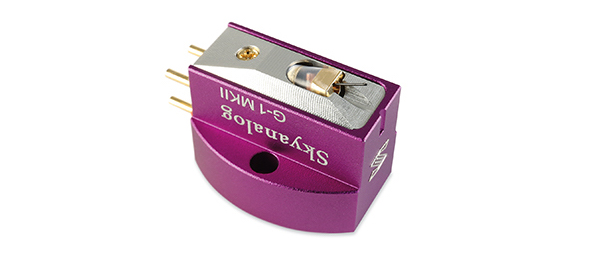
The manufacturer claims that a new rubber formula for the damping block provides increased stiffness (ie, lower compliance), resulting in better information retrieval from the groove. Another suggested advantage here is improved tracking ability, even with a low tracking weight, while the upgraded material properties contribute to more effective resonance control across the full frequency range.
The outcome, says Skyanalog, is that its new G series cartridge is ‘more analytical, but also musically enjoyable’. That said, its own specification shows the G-1 MKI had a lower 10cu compliance and a higher 1.8g recommended tracking force while the G-1 MKII has a slightly softer 12cu compliance and very low 1.35g tracking force.
Aim high
My own listening experience, confirmed by PM’s lab tests [see Lab Report], suggest that a figure rather higher than the recommended 1.1-1.4g range would be prudent for secure tracking of the most ‘vibrant’ grooves. Just as you are more likely to damage a loudspeaker by over-driving it from an under-powered amplifier, so too are you more likely to damage your vinyl by under-weight mistracking. Of course, go too heavy and you’ll lose some top-end brilliance and ‘snap’, and an elliptical profile is not so gentle on the grooves as a line-contact type, so experimentation with care is the key here.
The stylus itself is specified as a ‘5x15µm elliptical’ type [see boxout] and is shared across the entire G MKII range. The internal resistance of the generator is 6ohm, reduced from the 8ohm of the MKI G series, and the recommended load range is 200-470ohm, which is rather higher than the usual ‘rule of 10x’ guideline. Most fixed MC phono stages provide a 100ohm load, so this is something to bear in mind when matching the G-1 MKII to your amplifier. Output is specified as a low 0.32mV but looks to be slightly lower still in practice [see PM's Lab Report].
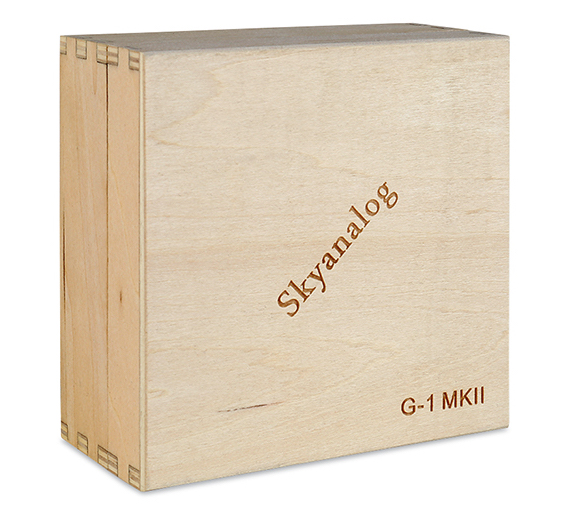
The G-1 MKII’s one-piece aluminium cartridge body weighs in at a little over 10g and, beneath the elegantly curved upper half, the lower portion is pleasingly square, making alignment easy. Mounting is via M2.5 holes tapped into the body. There is also a decent cut-out at the front of the cartridge to allow the stylus to be seen for stress-free cueing.
![]() Locked and loaded
Locked and loaded
With Skyanalog’s cartridge fitted to the SME 309 arm on my Michell GyroDec turntable, it turned out that I was in for a session of experimentation to get the best from it. At first set to the recommended 1.35g and with the MC input on my Yamaha C-5000 preamp [HFN Aug ’20] at the more standard 100ohm loading, results were promising but not spectacular. There was some edginess to the presentation and, most concerning of all, the stylus merrily leaped out of the groove when it came to the crescendo at the end of ‘Hobo Flats’ from Count Basie’s Afrique [Doctor Jazz ASLP 809].
With a change of loading to 300ohm and an increase of tracking weight to 1.6g, the G-1 MKII seemed happier, really coming out of its shell and ‘opening up’ its performance. Now it had a clean, dynamic and precise presentation that wasn’t completely dissimilar to my usual Clearaudio MC Essence [HFN Aug ’17], but with just a little more ebullience at the top end. I also found that lowering the rear of the SME tonearm more than usual helped counter a slight spittiness to its playback of some less than well recorded material.
With this improved set-up, the G-1 MKII delivered an impressive sonic performance. There was no sense of artificial glare or steeliness to its treble, just a fine level of detail retrieval and a crisp but natural resonance to percussion and steel strings. The somewhat cheesy sophistication of Johnny Hates Jazz’s Turn Back The Clock [Virgin Records V2475] soared along with grip, pace and a surprising level of smoothness – far from guaranteed on a cheap 1980s chart pressing. The percussion driving ‘Heart Of Gold’ was clean, sprightly and precise, and the overall performance was drawn together into a compelling whole.
Dub be good to me
Also enjoyable was the rich and full bass, which proved that the G-1 MKII has no fear of diving into those low-frequency grooves, concerns over tracking notwithstanding. On this set, basslines were fluid and pacy with excellent delineation between notes. A good cartridge should not favour any aspect of the frequency range over another. The G-1 MKII gave equal weight to the individual elements and ensured the impactful, but not overly dominant, bassline was easily appreciated.
As a further illustration of the G-1 MKII’s penchant for digging into the lowest octaves, working through some of the tracks on King Tubby’s The Roots Of Dub [Jamaican Recordings JRLP035] found me ‘moved’ as the bass built in intensity and my ribs shifted in sympathy! Unfortunately, when it came to ‘Rude Boy Dub’, the cartridge did start misbehaving again and even an increase in tracking force to 2g – far beyond the maximum recommended 1.4g – failed to stop it from occasionally skipping, which was disappointing.
Fortunately, the rather smoother bass sounds backing Michael Kiwanuka’s ‘Hero’, from his Kiwanuka album [Polydor 7795277] partially restored my faith in the G-1 MKII’s ability to ‘get a grip’. It lapped up this track, displaying it with an enjoyable warmth and sense of flow.
Keeping it focused
In spatial terms, this Skyanalog cartridge established a convincingly realistic soundstage between the speakers, layering performers in the front-to-back plane very effectively. On the title track from the Count Basie set, the main action was vivid and exciting, with Hubert Laws’ flute playing located well clear of the vigorous percussion behind.
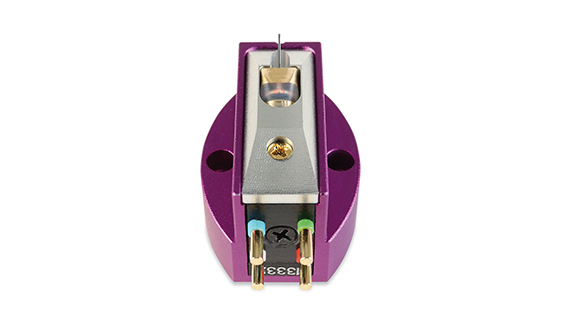
While there was a gentle tailing off of musical detail outside of the loudspeaker/listening ‘triangle’, this never made things sound small or constricted. Instead, the G-1 MKII’s sense of focus helped to concentrate the information from the grooves into a consolidated whole. Some cartridges can spray information around like the ‘stereo wide’ button on a 1980s boombox. While this can sound impressive in the short term, it soon becomes wearisome. A controlled and well-lit presentation like that offered by the G-1 MKII is more enjoyable and realistic long-term. Tracks like ‘Ben Franklin’ from Snail Mail’s Valentine LP [Matador Records OLE1785LP] sounded rich and expansive without being over-the-top.
Hidden depths
This mid-tempo, synth-driven piece – with its sparse, tight beats and solid bassline – was well-handled by the cartridge. It’s a song about a failed relationship, so there’s an underlying anger to Lindsey Jordan’s outwardly calm lyrics, and the G-1 MKII’s fine resolving ability made it clear there was a hidden sub-text lurking in the depths. If Skyanalog can address the tracking issues we’ve raised, the G-1 MKII will surely reveal musical messages from the most challenging grooves.
Hi-Fi News Verdict
Skyanalog’s G-1 MKII is an interesting proposition that’s good enough to make other long-established cartridge manufacturers take note. On the downside, there are concerns to be had about its tracking abilities, and it needs attention when setting up. Take time to meet its exacting requirements – a flexible preamp helps here – and it responds with a dynamic and rewarding sound.
Sound Quality: 80%
